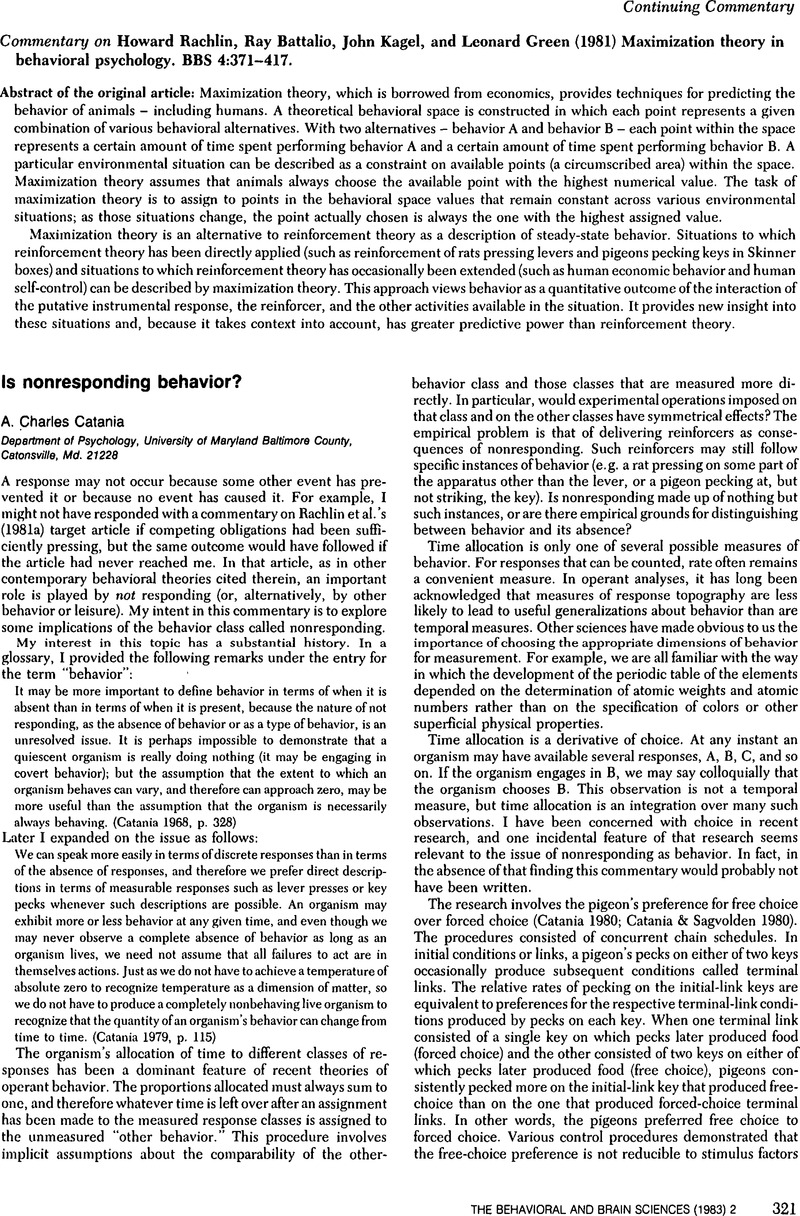Crossref Citations
This article has been cited by the following publications. This list is generated based on data provided by Crossref.
Church, Russell M.
2002.
A tribute to John Gibbon.
Behavioural Processes,
Vol. 57,
Issue. 2-3,
p.
261.



